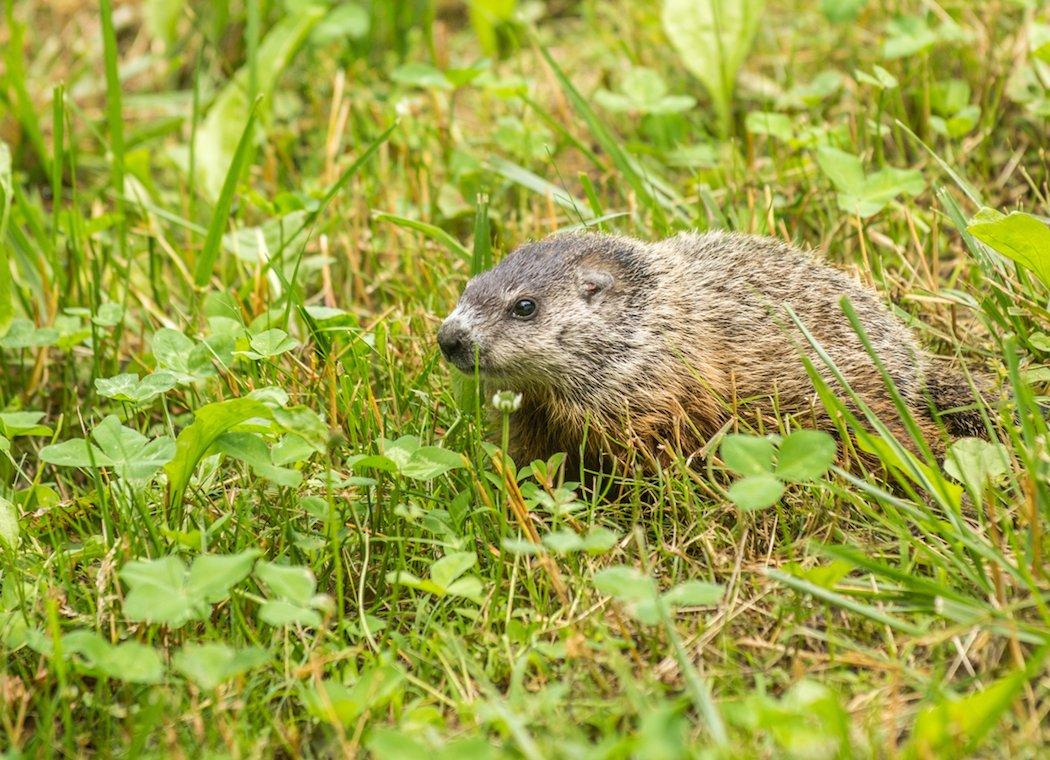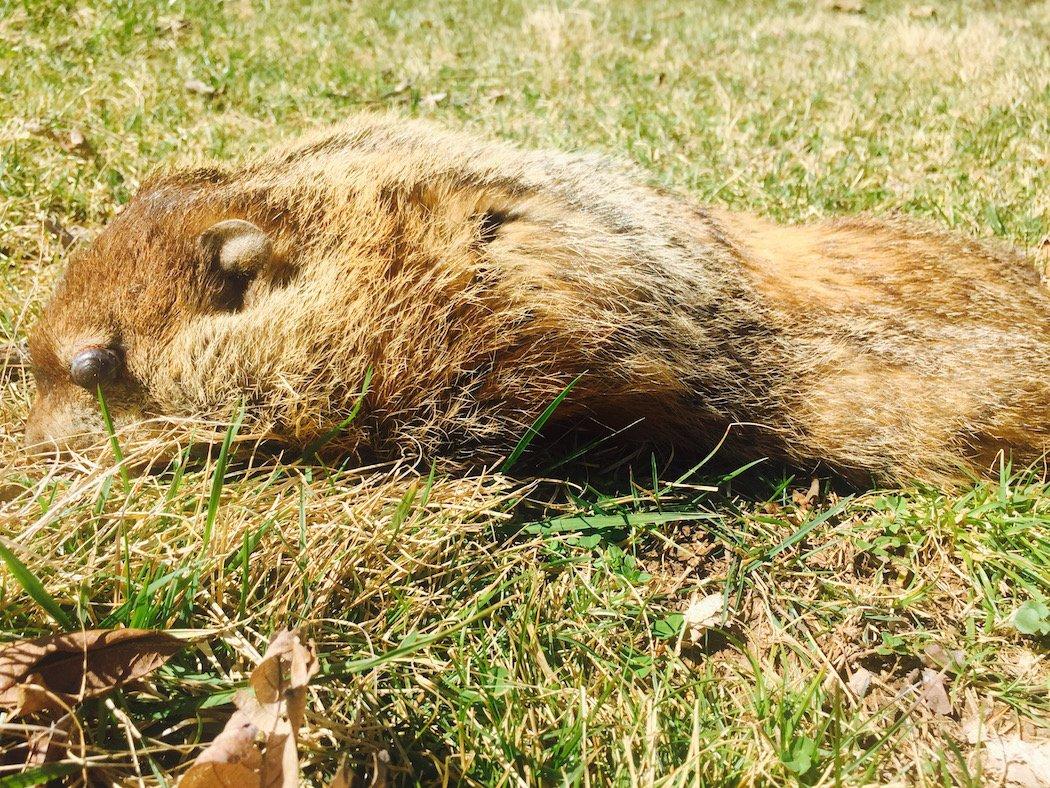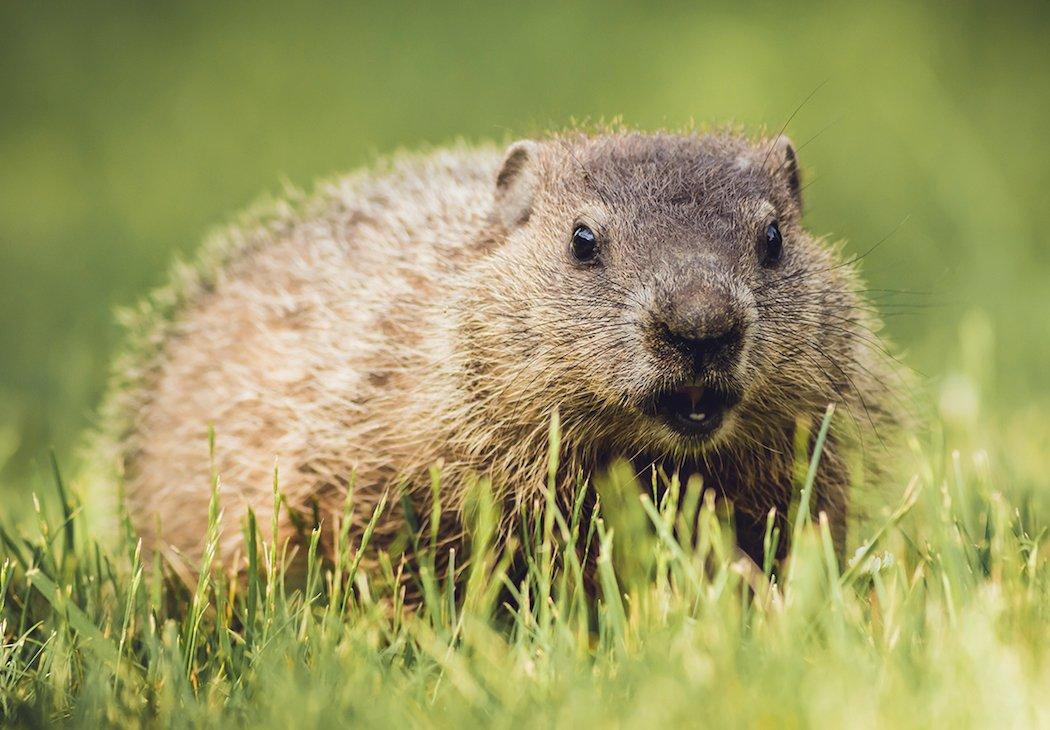Small Game Has Never Been More Fun
Hunting groundhogs isn't a new thing. Historically, people hunted them a lot, especially during the 20th century. But for some reason, it's become all but dead in the last 15 years. There's been very little talk of groundhogs since the recent rise of big game hunting took hold in the '90s.
And that's a darn shame. Because small game (even though groundhogs aren't recognized as a game animal in some states) is fun to hunt. Especially when you can't hunt more popular game like deer, ducks and turkeys.
For those of you who are unfamiliar with groundhog hunting, allow this piece to serve as your whistle pig primer.
Where to Find Groundhogs
Groundhogs, also referred to as whistle pigs, are common throughout the central and northeastern parts of the United States, as well as into Canada. Farmers generally dislike them due to their destructive burrowing under structures. (Hint: Killing a few groundhogs for a farmer is a good way to get permission for other species.)
Years ago, groundhogs could be found just about anywhere. In fields, along tree lines, in the woods, around the barn and just about anywhere else you could think of was capable of harboring a healthy population of groundhogs. Today, due to the rise of coyotes and bobcats, it's a rare sight to see a groundhog burrow anywhere but under a man-made structure. Barns, sheds and even houses are common locations to find groundhogs. One common exception to this rule is brush piles, which are almost always man-made, too.
In essence, I'll venture to say man has unknowingly helped to keep the groundhog from going extinct. Because it is extremely uncommon to come across a barn that doesn't have at least one groundhog hole in it.
How to Find Groundhogs
As mentioned, the best way to find groundhogs is to look for holes in and around man-made structures. That's where they are most commonly found.

Because of this, I generally set up of an evening and watch barns and sheds that I know have groundhog holes in them. This allows me to see when and where they come out into the open. Once I have this information, getting into position to kill them becomes much simpler.
Something I've noticed throughout the years is they rarely come out during inclement weather, frigidly-cold temperatures or during severe heat. Waiting for average historic temperatures to pursue groundhogs is best.
Whistle pigs eat a variety of foods, but live solely off of vegetation. That is why clover, vegetables in gardens and other highly palatable food sources are preferred. Identifying where these animals are going to feed once they get above ground is very helpful. Scout out potential food sources that are nearby located groundhog holes.
Advanced Scouting Techniques
There are other ways to find groundhogs, too. I choose to set up trail cameras in an effort to better understand their patterns. That might sound a little extreme. But groundhogs are highly-patternable. Watching a groundhog for a week or two with a camera will reveal its weaknesses. Seriously.
Groundhogs rarely leave tracks, even large groundhogs walking on soft soil can be hard to identify. Another tactic I believe is very helpful to spread flour around the groundhog holes. This reveals which holes they are using and how much. It also shows which direction they are going as they enter and exit the hole. This tells you which side of the structure to set up on to kill these things.
Top Weapons for Groundhog Hunting

- Center-fire rifle: .223 or .243
- Rim-fire rifle: .17HMR
- Shotgun: Remington 12 gauge
- Compound: Hoyt
- Crossbow: Bear
Reasons to Hunt Groundhogs
The No. 1 reason we should hunt is for food. And yes, groundhog does taste good. Read Michael Pendley's practical groundhog recipe here and watch him cook it here. So don't toss those groundhogs after you shoot them. Skin them out. And then cook those bad boys up.
Another reason to hunt groundhogs is because they're destructive. They tear up houses, barns, sheds and other structures. These animals must be managed just like all species.
Lastly, hunt groundhogs because it's fun. There isn't much else to do during the warmer months. So get outside and find a groundhog or two to chase. It might seem a little redneck at first. But trust me, the sheer fun will soon overtake whatever apprehension you might have.
Happy groundhog hunting.
Go here for more small game hunting stories and how-to's.
Check us out on Facebook.
[Editor's note: This Realtree.com article was first published on June 22, 2016.]







